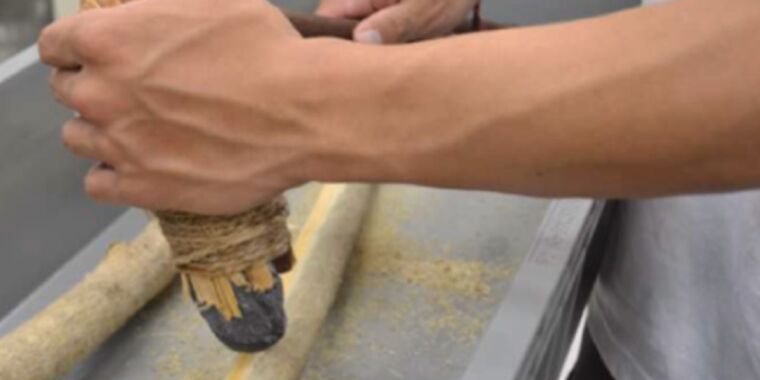When Japanese scientists wanted to learn more about how ground stone tools dating back to the Early Upper Paleolithic might have been used, they decided to build their own replicas of adzes, axes, and chisels and used those tools to perform tasks that might have been typical for that era. The resulting fractures and wear enabled them to develop new criteria for identifying the likely functions of ancient tools, according to a recent paper published in the Journal of Archaeological Science. If these kinds of traces were indeed found on genuine Stone Age tools, it would be evidence that humans had been working with wood and honing techniques significantly earlier than previously believed.



deleted by creator